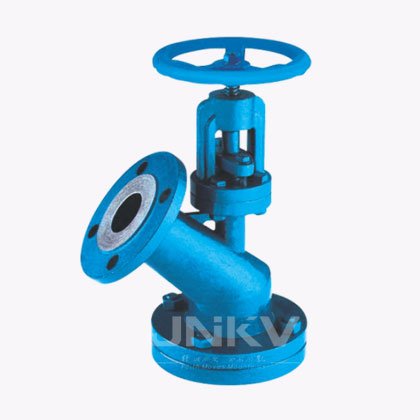 Return
Return

Product overview
Depending on the actual situation, the bottom of the expanding discharging valve is designed as flat-bottom type, and the valve body is V-shaped. It also provides two working modes, lifting and lowering discs. The inner chamber of the valve body is equipped with an erosion-resistant and corrosion-resistant sealing ring. At the moment of opening, the valve body can be protected from erosion and corrosion by medium. Special treatment of the sealing ring can make the surface hardness reach HRC56-62, which has the functions of high wear resistance and corrosion resistance. When the valve seal is needed, the cover is hardened with carbide, and the sealing pair is sealed by wire, which ensures the reliability of the seal and prevents scarring. At the same time, the design of short-stroke disc is adopted. It is widely used in chemical, petroleum, metallurgical, pharmaceutical, pesticide, dyestuff, food processing and other industries. Various operation modes, such as manual, pneumatic (spring reset, double-acting, with and without handwheel), electric, hydraulic, gear, etc.
1. Downward-spreading discharging valve is suitable for medium such as water, acetone, alcohol, ammonia, barium carbonate and benzene (the lowest temperature of WCB material is -29 C, the highest temperature is 425 C). )
2. Medium such as granule, oil, pulp, carbon dioxide and gas (minimum temperature of stainless steel material is - 100 C, maximum temperature is 232 C). )
3. It is strictly forbidden to use ionic liquids containing fluorine (such as HF) or strong alkali or phosphoric acid (temperature > 150 C concentration > 30%).
Product use
The series of down-draft discharging valves are mainly used for bottom discharging of reflectors, tanks and other containers. They are welded to the bottom of tanks and other containers by means of bottom flanges, thus eliminating the residual phenomenon of process media at the outlet of containers.
 Under The Manual Type Feeding Valve
Under The Manual Type Feeding Valve